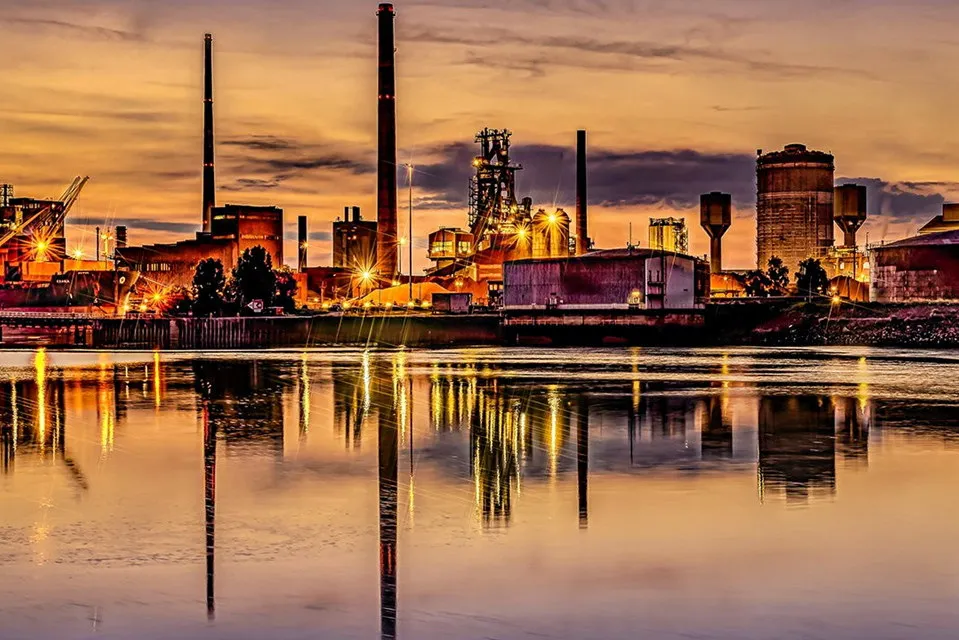ArcelorMittal set for €1.3bn grant for green-hydrogen steel project — days after firm said H2 is too expensive to use
Luxembourg company already stands accused of greenwash for courting subsidies for new equipment it may never decarbonise

Luxembourg company already stands accused of greenwash for courting subsidies for new equipment it may never decarbonise
